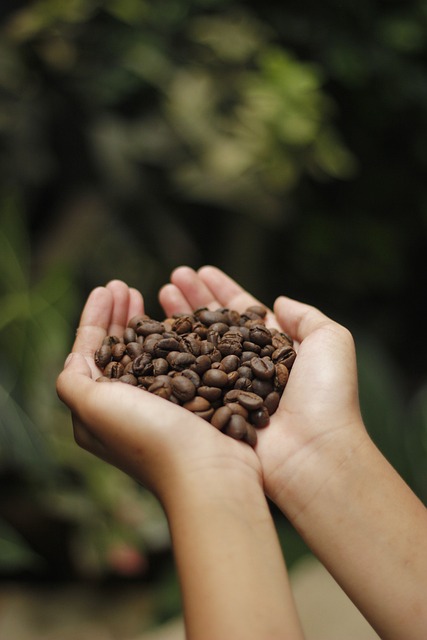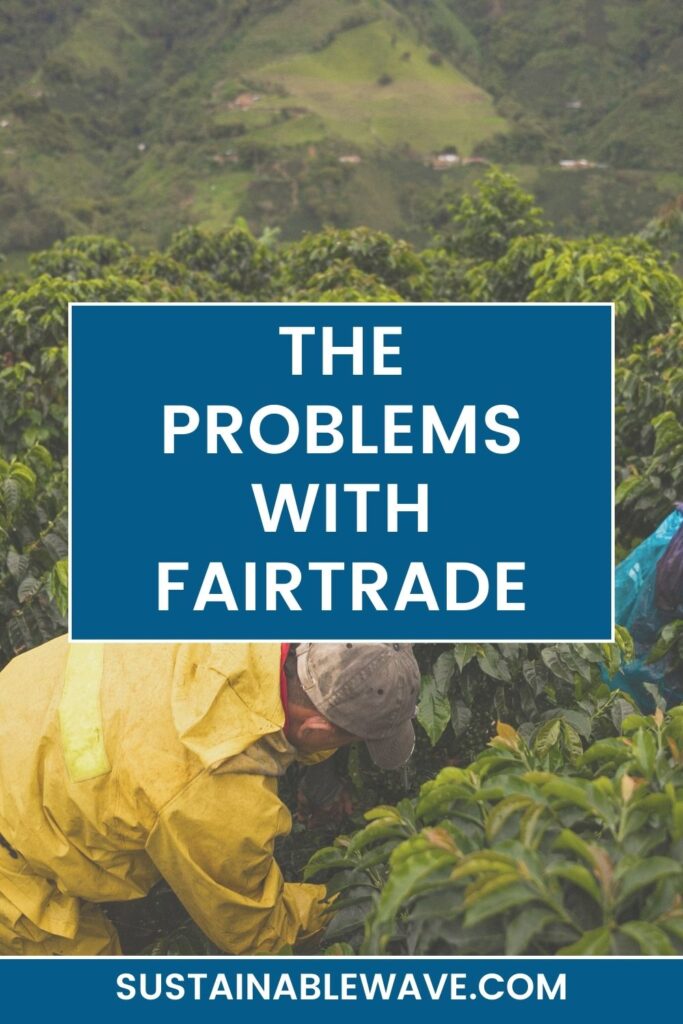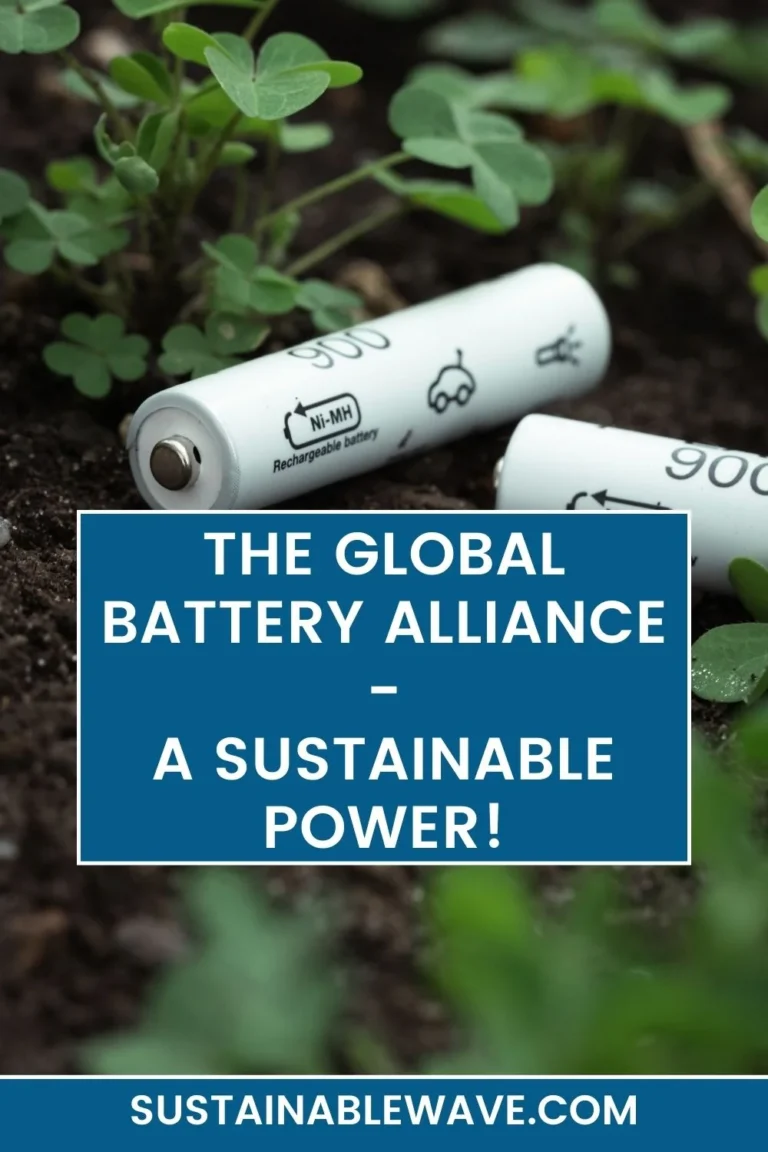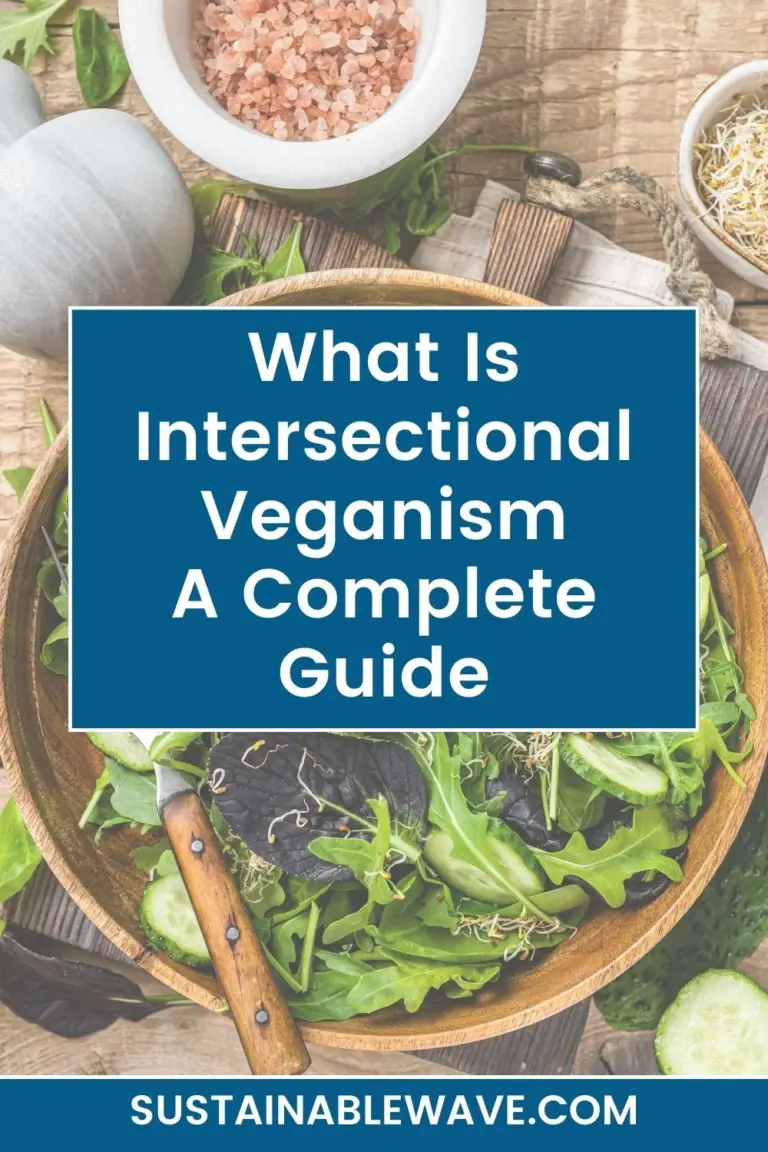Fairtrade, a movement aimed at helping producers in developing countries achieve better trading conditions, has been lauded for its efforts. However, like any system, it has its flaws.
Fairtrade, hailed for ethical practices, often fails to meet its standards, with large cooperatives controlling profits. Its higher prices limit accessibility, making it a symbolic gesture for middle-class consumers. For Fairtrade to effect real change, it needs to prioritize transparency and address its operational flaws.
This article delves into the intricate problems associated with Fairtrade, offering a balanced perspective.
The Problems With Fairtrade

Fairtrade began as a response to the exploitation of producers in developing countries. Over the years, its mission has evolved, but so have the challenges it faces.
Initially, Fairtrade aimed to provide a safety net for producers against volatile market prices. However, the dynamics of global trade have changed, leading to new issues.
Economic Concerns
The economic implications of Fairtrade are multifaceted. At its core, Fairtrade aims to ensure that producers, especially those in developing countries, receive a fair price for their goods.
This is achieved by setting a minimum price that buyers must pay, which theoretically provides a safety net for farmers against the volatile global market. However, several economic concerns have emerged over the years.
One of the most significant criticisms is the disparity between the Fairtrade minimum price and the global market price.
In some instances, the market price for certain commodities can surpass the Fairtrade minimum. When this happens, Fairtrade farmers might be at a disadvantage, as they are bound by the Fairtrade agreement and might not be able to capitalize on the higher market prices.
Furthermore, there’s the impact on non-Fairtrade farmers to consider. These farmers, who might not have the means or resources to obtain Fairtrade certification, often find themselves at a disadvantage.
They don’t receive the benefits of Fairtrade, such as the minimum price guarantee, but they still face the repercussions of market distortions caused by the Fairtrade system. This can lead to economic disparities within communities, where Fairtrade-certified farmers might have a distinct advantage over their non-certified counterparts.
Social Implications
The social implications of Fairtrade are equally complex. The movement’s primary goal is to uplift and empower producers and their communities. By ensuring a fair price for goods, Fairtrade aims to provide better living conditions, education, and opportunities for these communities. However, the reality isn’t always as rosy.
In some cases, the benefits of Fairtrade don’t trickle down as expected. For instance, while a community might receive the Fairtrade premium, which is meant for communal projects like schools or healthcare facilities, there have been instances where these funds are mismanaged or don’t benefit the broader community.
Moreover, there’s the issue of Fairtrade’s impact on workers. While the movement emphasizes fair wages and good working conditions, there have been reports of workers on Fairtrade farms not receiving the promised premiums or benefits. This can lead to discontent, mistrust, and social unrest among workers who feel they are not genuinely benefiting from a system they are a part of.
Environmental Concerns
Fairtrade’s environmental impact is a topic of much debate. On the one hand, the movement promotes sustainable farming practices, emphasizing organic farming, reduced pesticide use, and biodiversity. These practices are not only beneficial for the environment but also ensure the long-term sustainability of the farms.
However, there are concerns about the actual environmental footprint of Fairtrade. For instance, the transportation of Fairtrade goods can sometimes lead to a significant carbon footprint, especially when these goods are transported over long distances to reach global markets.
This transportation footprint can sometimes negate the environmental benefits achieved through sustainable farming practices.
Additionally, while Fairtrade does have guidelines for sustainable farming, they aren’t always as stringent as one might hope. This can lead to situations where Fairtrade-certified farms aren’t necessarily adhering to the best environmental practices, leading to concerns about soil degradation, water usage, and more.
The Fairtrade Premium
The Fairtrade Premium is an additional sum of money paid on top of the agreed Fairtrade price, intended for social, economic, and environmental development projects in producer communities. This premium is a cornerstone of the Fairtrade system, aiming to provide tangible benefits to these communities. However, its management and allocation have been subjects of scrutiny.
While the intention behind the Fairtrade Premium is noble, there have been instances of mismanagement. In some cases, the funds don’t get allocated to the projects that most benefit the broader community, leading to disparities in development.
Furthermore, small-scale farmers sometimes feel excluded from the benefits of the premium due to the structures and decision-making processes in place, which can be dominated by larger producers or local elites.
Fairtrade Certification
Fairtrade Certification is a process that ensures products meet specific social, economic, and environmental standards. This certification is a mark of trust for consumers, signaling that the product they are purchasing adheres to Fairtrade principles. However, the certification process is not without its challenges.
The cost of obtaining and maintaining Fairtrade Certification can be prohibitive, especially for small-scale farmers. This high cost can make the system seem like an exclusive club, out of reach for many who could benefit from it the most.
Additionally, the stringent guidelines required for certification can be challenging for farmers to adhere to consistently. While these standards ensure quality and fairness, they can sometimes be burdensome, leading to lapses or even the loss of certification for some producers.
The Role of Middlemen
Middlemen, or intermediaries, play a significant role in the Fairtrade system. They are the link between producers and consumers, handling the transportation, marketing, and sometimes even the processing of goods. However, their role in the Fairtrade system has been a point of contention.
While Fairtrade aims to reduce the number of intermediaries to ensure a larger portion of the profit goes directly to the producers, middlemen still exist in the supply chain. These intermediaries can sometimes take a significant cut, reducing the benefits that reach the actual producers. This dynamic can lead to reduced profits for farmers and questions about the true “fairness” of the Fairtrade system.
Alternatives to Fairtrade

As the challenges within the Fairtrade system have come to light, several alternatives have emerged, each with its own set of benefits and challenges.
One such alternative is Direct Trade. This system eliminates middlemen, ensuring a more significant portion of the profit goes directly to producers. By fostering direct relationships between producers and buyers, Direct Trade can offer better prices for goods and more transparent business practices. However, it lacks the standardized certification that Fairtrade provides, which can make it harder for consumers to trust.
Another alternative is Organic Farming. While not a direct replacement for Fairtrade, organic farming emphasizes environmental sustainability and health benefits. For consumers concerned about the environmental impact of their purchases, organic farming can be a more appealing option. However, like Fairtrade, organic certification can be costly and out of reach for many small-scale farmers.
I’m Thomas, the owner of SustainableWave. Passionately promoting a sustainable planet. With experience in various eco-roles, I’ll share green tips, sustainability hacks, and personal eco-journeys on my blog.






